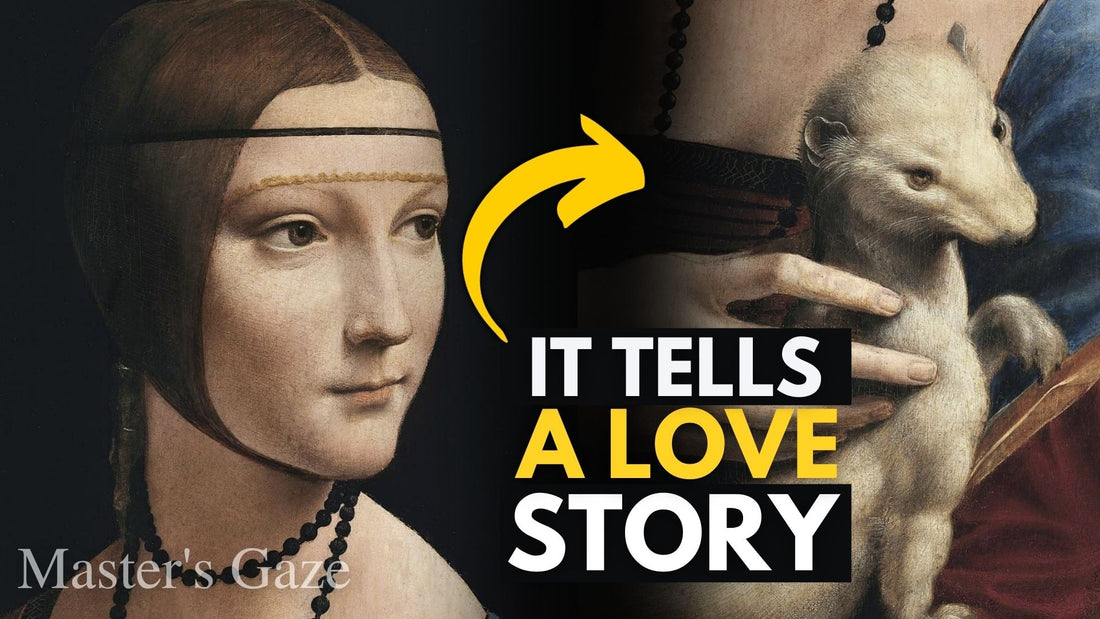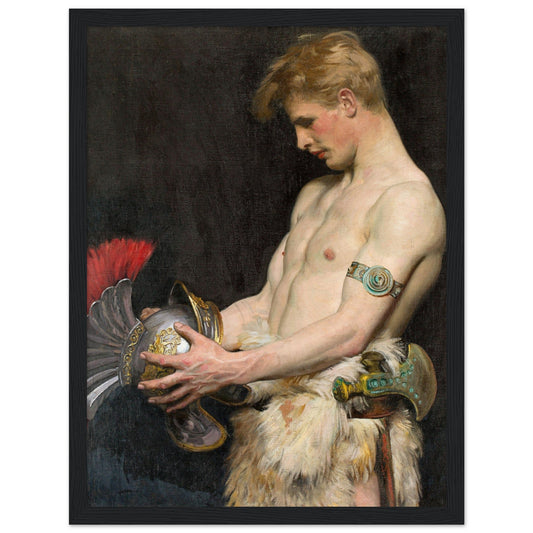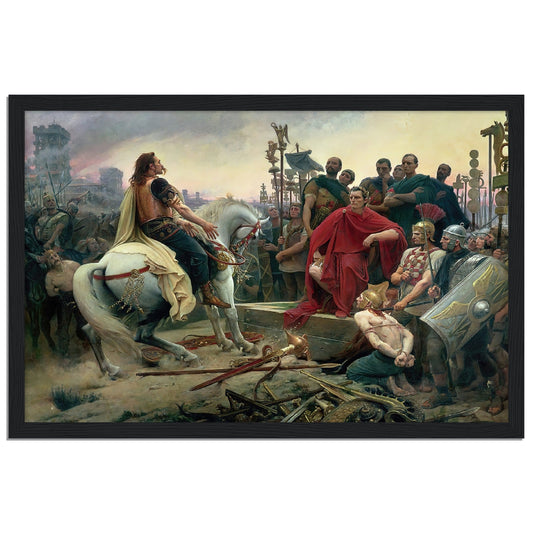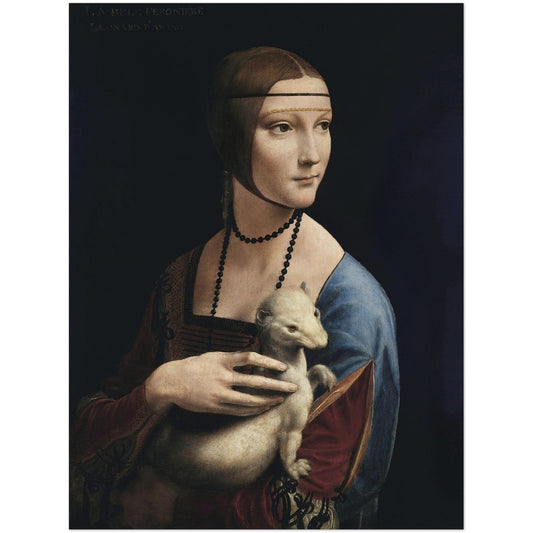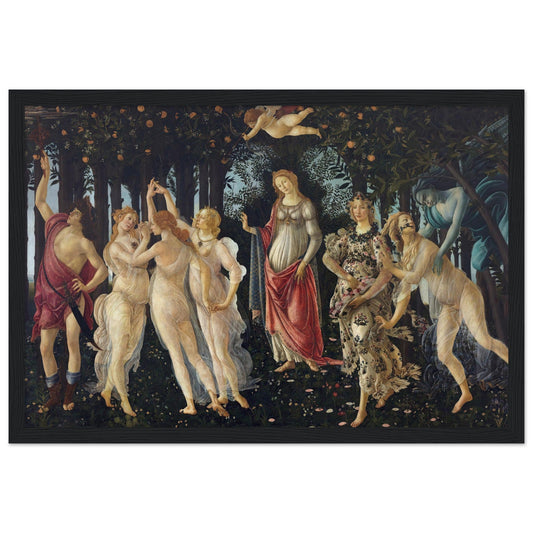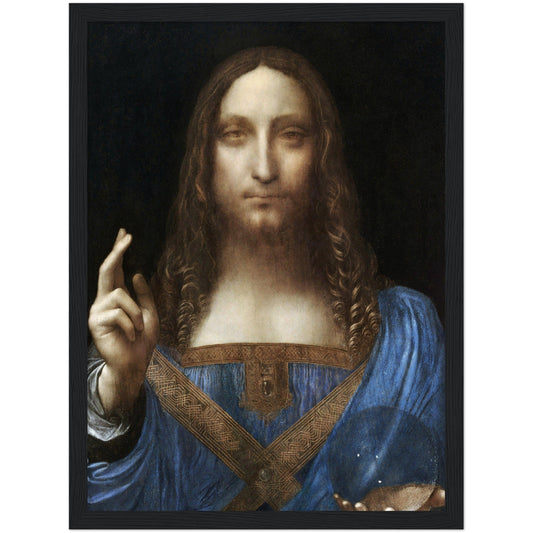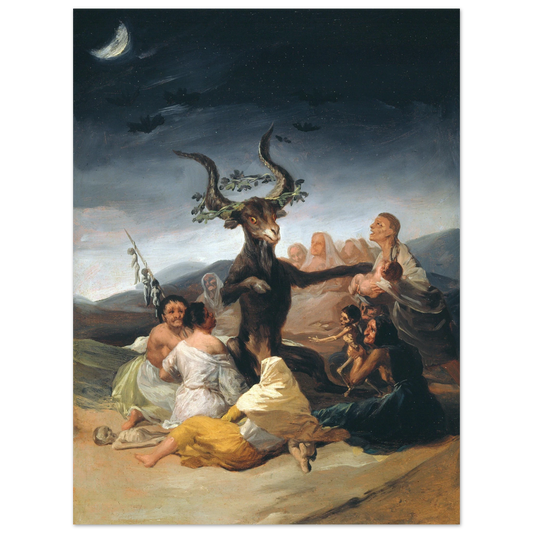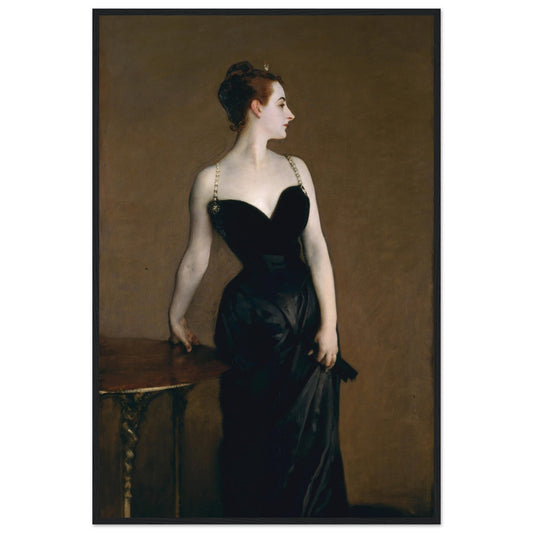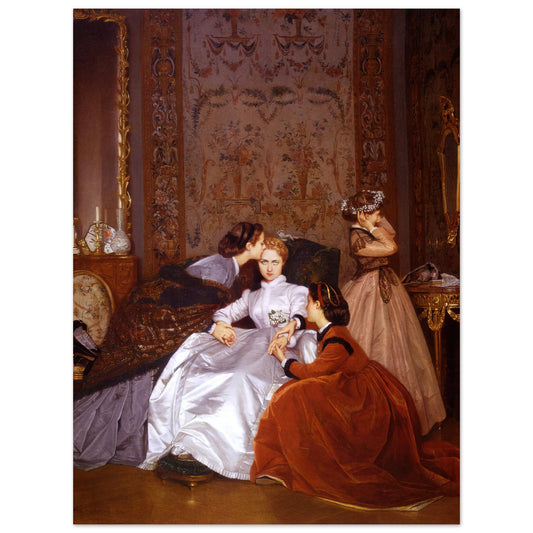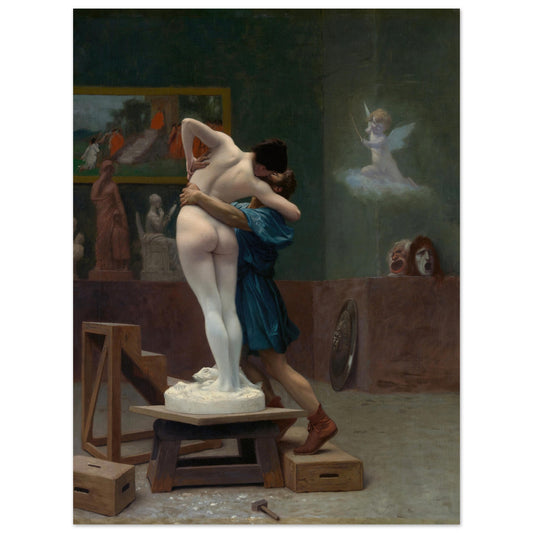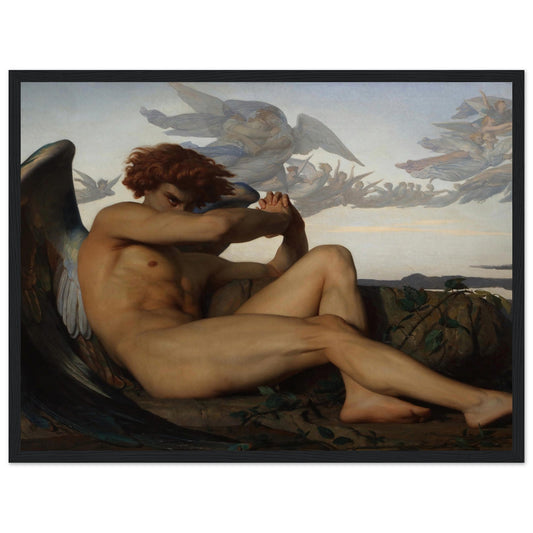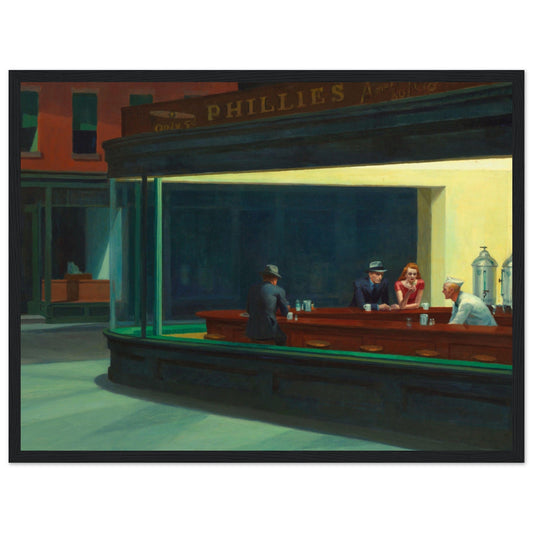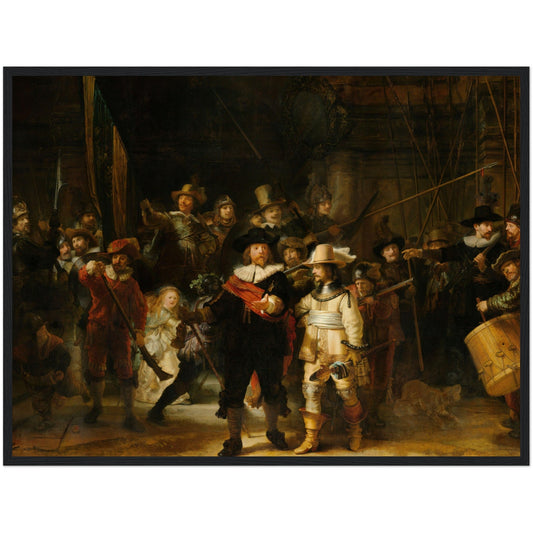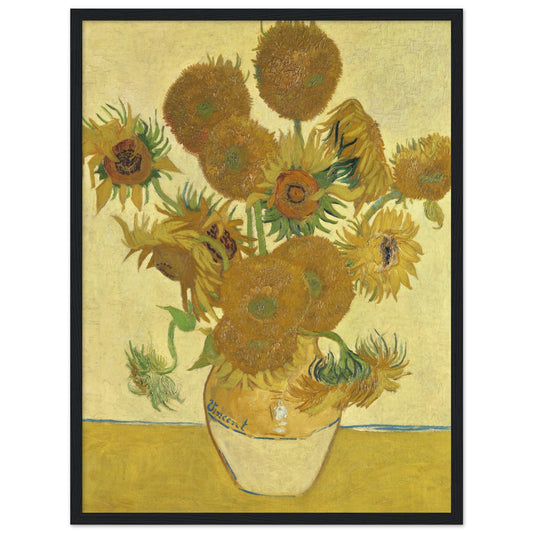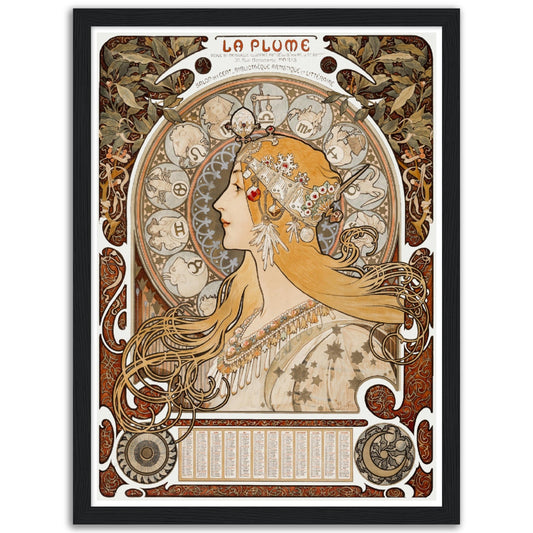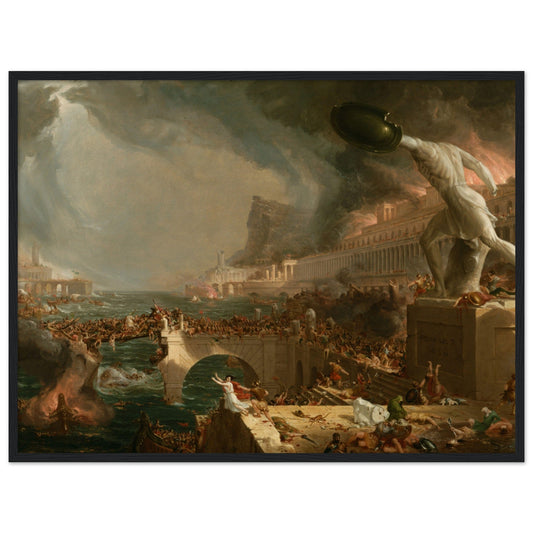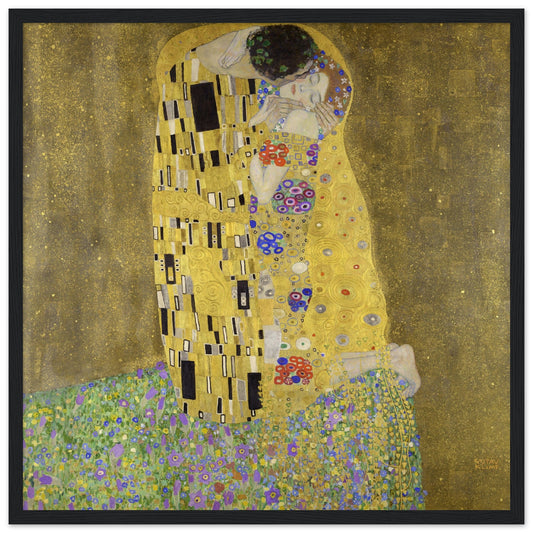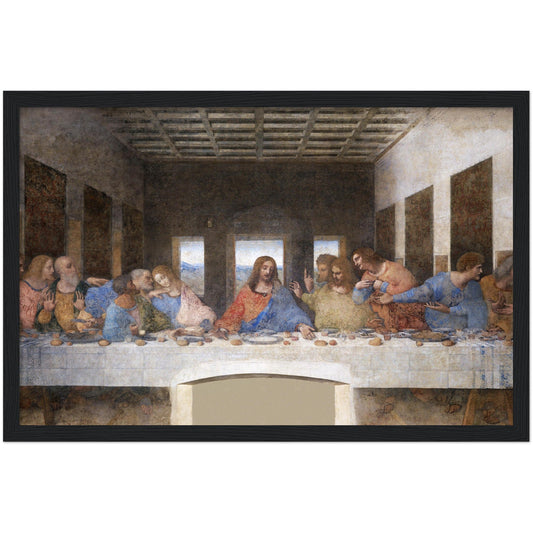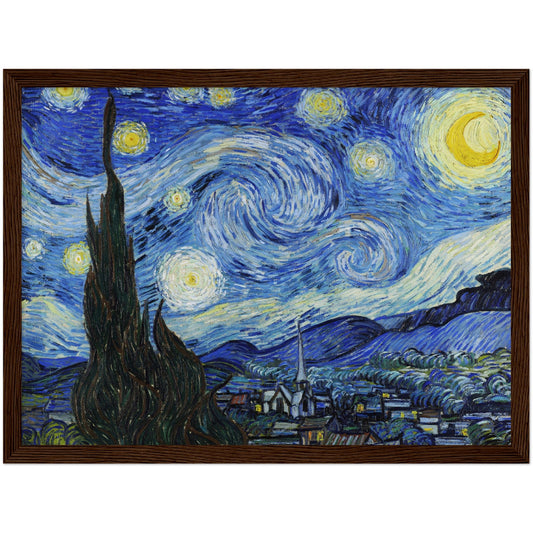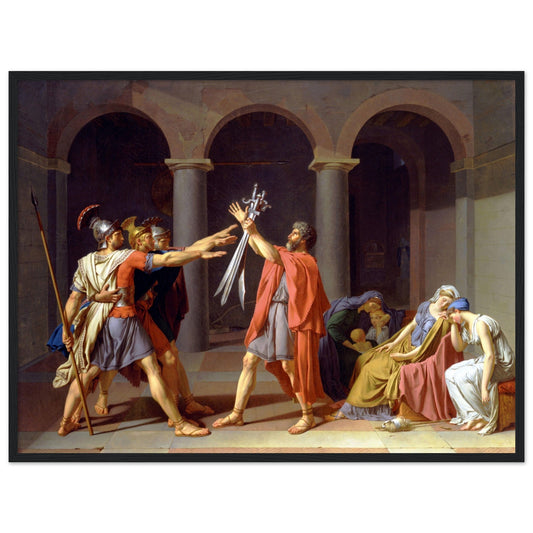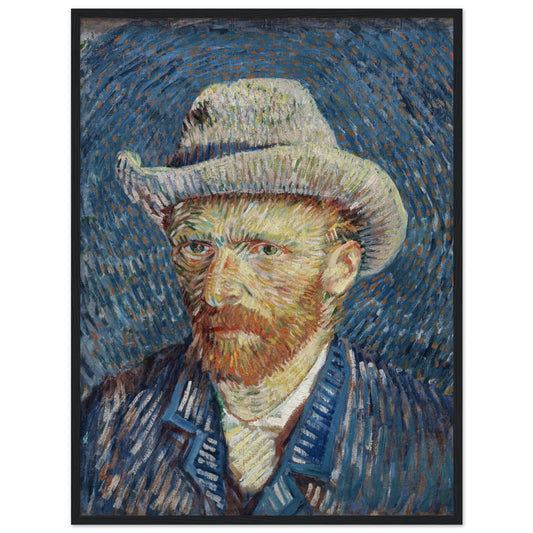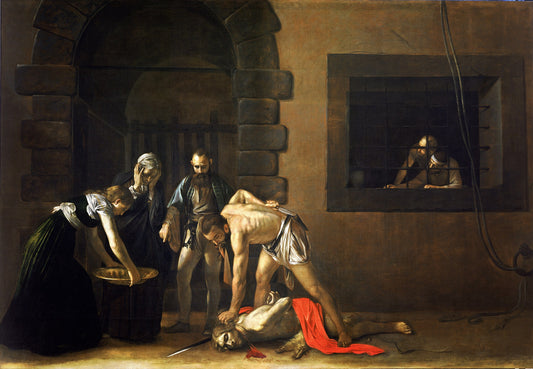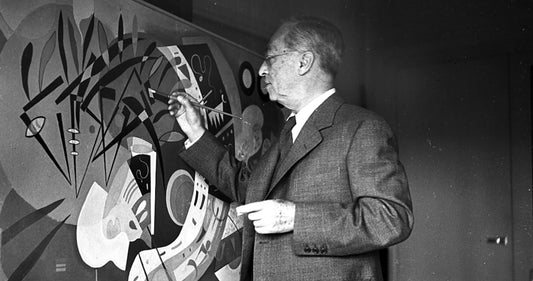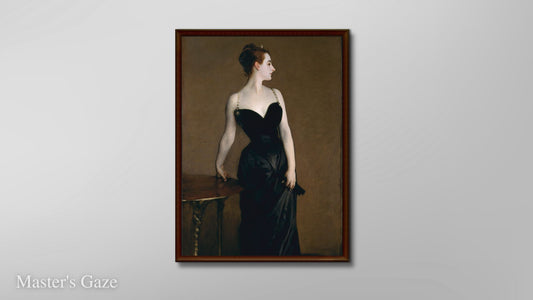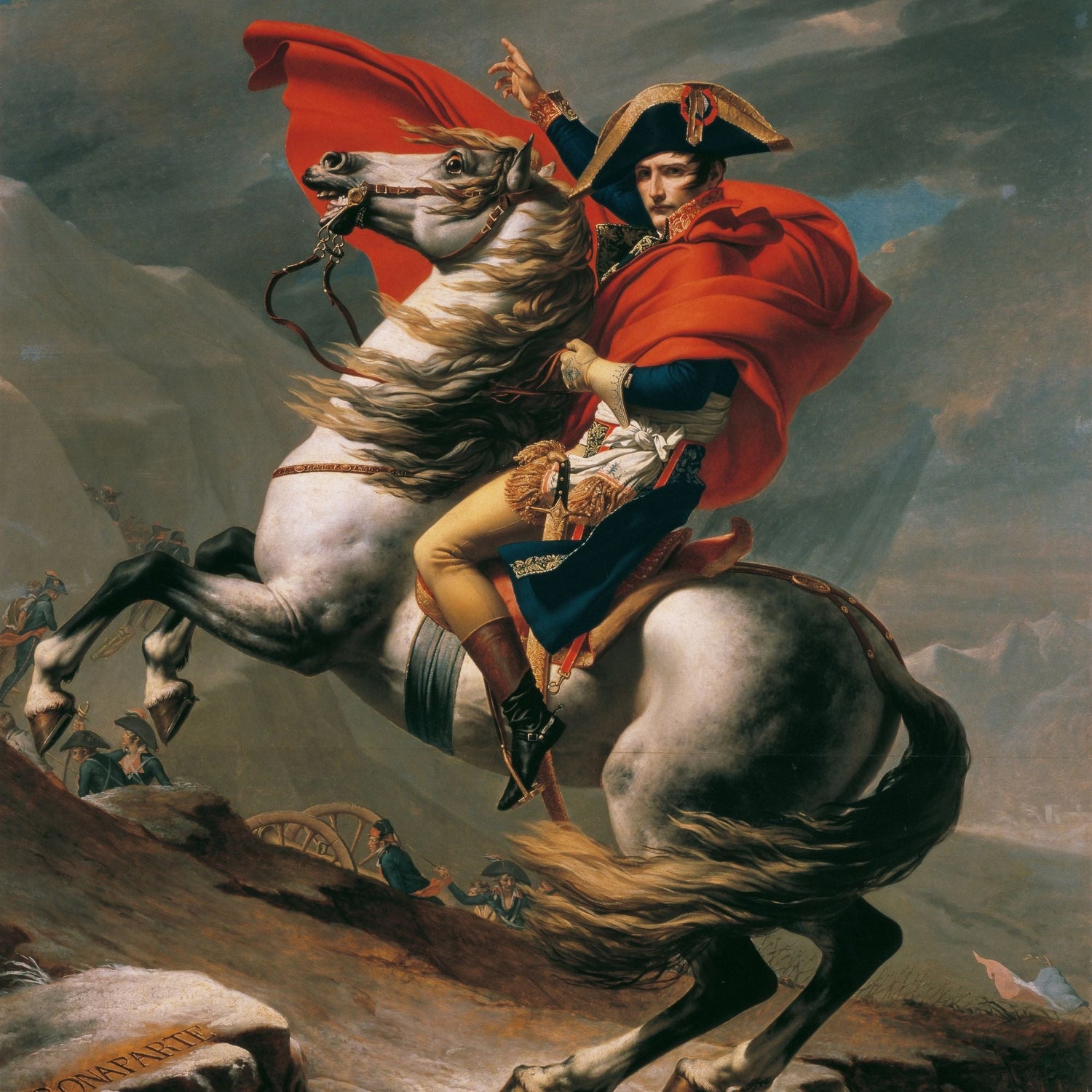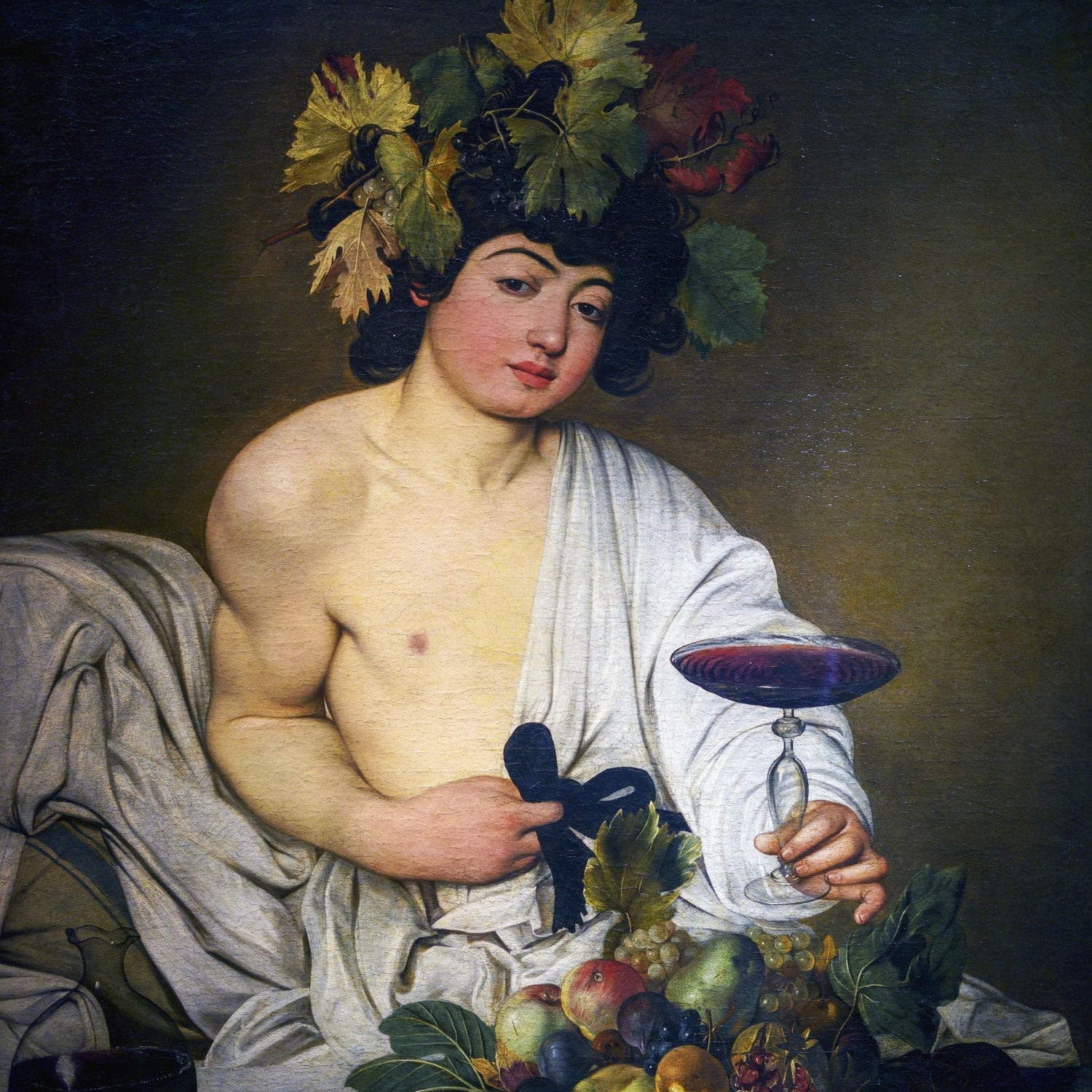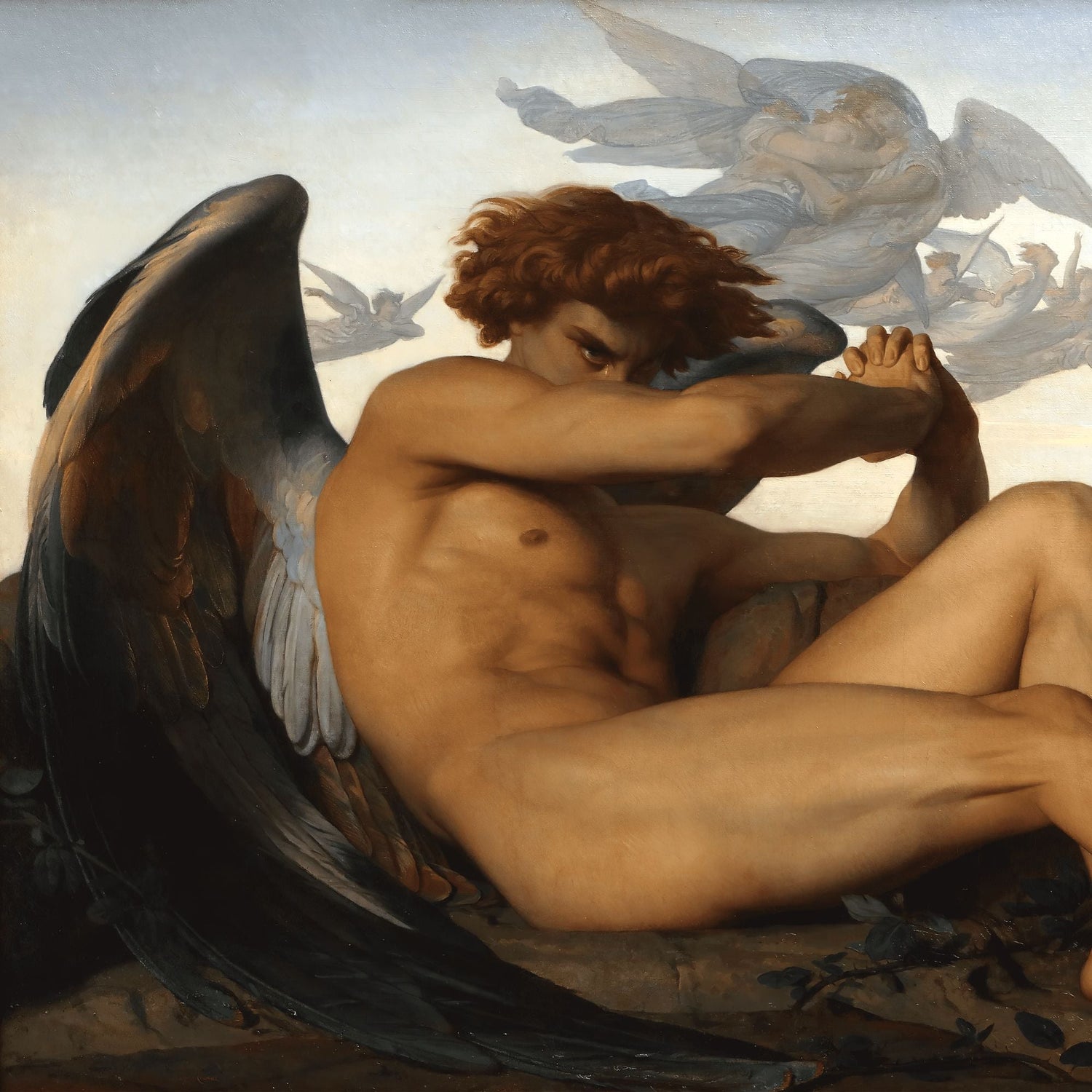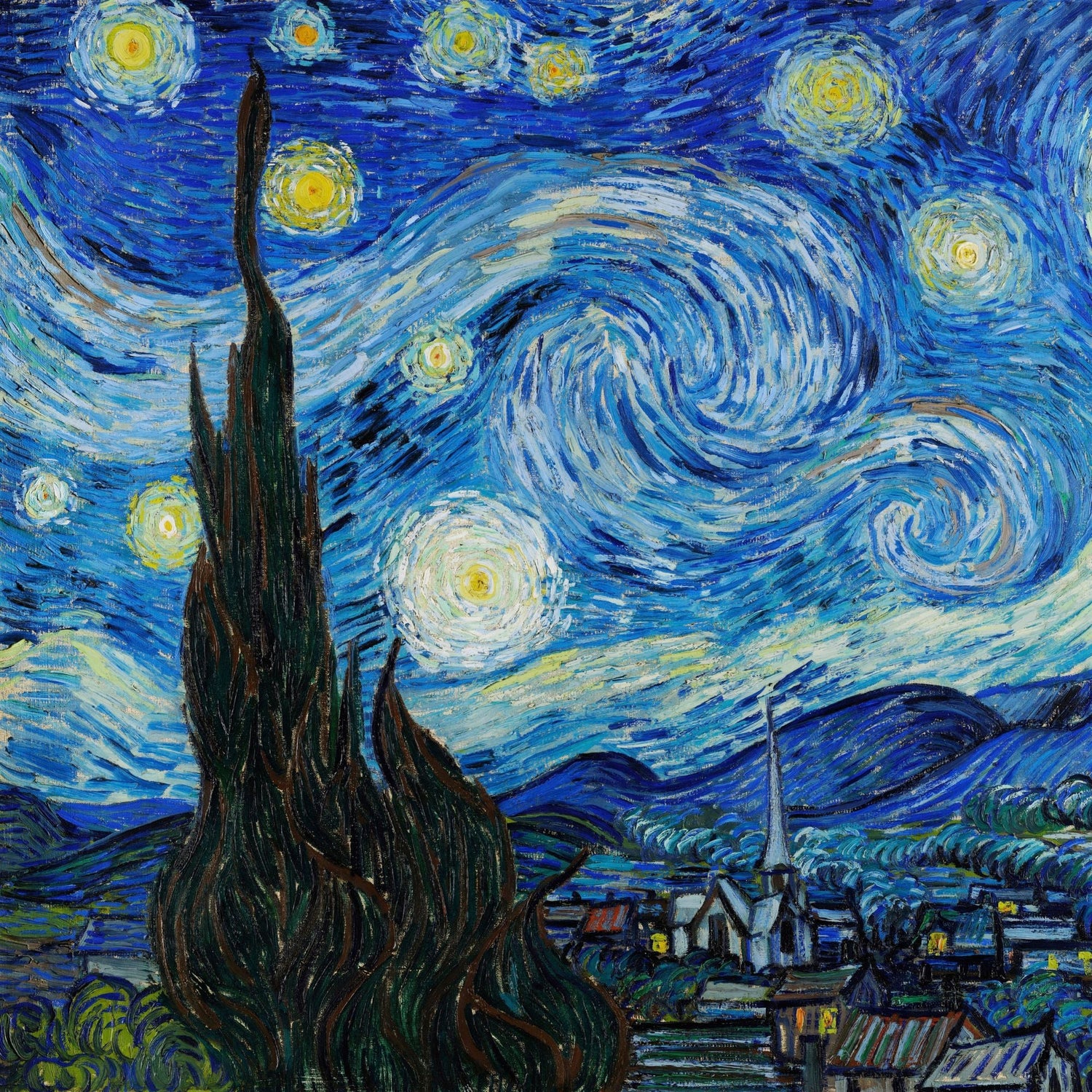Check the entire video here: https://youtu.be/_ia81IJjzlg
Table of content
Introduction
The Background
Condition and Restoration
Who is the Lady with an Ermine?
The Love Story
The psychology behind the lady with the Ermine
The symbolism behind the Ermine
Introduction
Leonardo da Vinci's painting "Lady with an Ermine" anticipates the beauty of the most famous Gioconda. Despite the beauty of this painting, it has not achieved the fame of the "Mona Lisa". In reality, there are many curiosities and secrets in this painting.
Who is the girl represented? What does the ermine symbolize? Why is this painting an artistic novelty for the time? And what is the love story behind the lady with an ermine?
The background
Before we dive into the painting itself, let's discuss some background information.
The portrait of this young woman was painted by Leonardo in Milan, during the period in which the artist was in the service of Ludovico Sforza, known as "il Moro".
The portrait can be dated 1488-1490
Leonardo da Vinci creates a typical fifteenth-century portrait, half-length, and three-quarter length, but the genius of the Renaissance brings innovation. He rotates his torso slightly to the left, in the opposite direction to the head, which instead turns to the right.
The animal in her arms of her twists similarly, resulting in considerable contrapposto with the lady, a technique Leonardo explored earlier with the angel in the Virgin of the Rocks.
This technical expedient is certainly one of the most important of those adopted by Leonardo because it allows room for psychological introspection. It is in fact through the "motion of the body" that Leonardo describes the motions of the soul. We will describe this point better later.
The smile of the Lady with an Ermine is enigmatic, almost imperceptible, and has many affinities with that of another famous portrait, the Mona Lisa.
The long and tapered fingers caress the ermine and describe a woman with a gentle and delicate soul.
Leonardo portrays Cecilia with a "Spanish-style" hairstyle.
Her hair, perfectly smooth, is divided by a central parting and gathered in a ponytail inserted in a sheath that was used to hold and braid the hair. The lock of hair passed under her chin was fashionable at the time and the girl did not give it up.
Furthermore, Cecilia wears a very thin and transparent cap with an embroidered hem that touches her eyebrows, while a strip of her surrounds her forehead, embellishing her delicate face.
Even in the details of the hairstyle Leonardo creates a masterpiece and describes the Lombard fashion of the time in terms of hairstyles.
Condition and Restoration
Before revealing the symbols that this painting hides, let's talk about the damage it has suffered and the restorations.
Though there are a few areas of minor damage, art historian Frank Zöllner insists the work is in "very good condition... similar to the equally well-preserved Mona Lisa".
Such an evaluation is relatively recent, however, as the work was previously considered considerably damaged and repainted. Promotion of such an analysis largely began with the art historian Kenneth Clark, who asserted in 1961 that the entire left side of the figure, as well as the background, had been repainted. However, a 1992 technical analysis at the National Gallery of Art led by David
Bull has confirmed that the damage was limited to the background. Specifically, the background was likely originally a bluish-grey, overpainted with black during the mid-18th century. The signature LEONARD D'AWINCI in the top left corner was probably also added. There is also slight overpainting in the mouth and nose;
The background was also subject to the misconception that it originally included a window. It was proposed by Kazimierz Kwiatkowski, who led 1955 X-ray testing at Warsaw Laboratories and explained certain spots in the right background as remnants of a window. Such a conclusion has been disproven by others.
Who is the Lady with an Ermine?
Cecilia Gallerani was a beautiful girl.
She is from Milan, from a good family, with an illustrious lover like Ludovico il Moro, but she was about fifteen at the time Leonardo da Vinci portrayed her.
In the fifteenth century, it was not strange that such a young girl had a lover over thirty. Indeed, fifteen-year-olds married and often became mothers.
The love story
In 1483 Cecilia, who was ten years old, was promised by her mother Margherita in marriage to Giovanni Stefano Visconti, twenty-four years her senior. Her premature wedding was established to avoid her monastic life, then a normal custom for female daughters who didn't marry.
Cecilia was supposed to get married at the age of twelve, but this marriage will never be celebrated again. This failed union could be explained by the appearance of a more attractive match for the Gallerani, the still bachelor Ludovico Sforza, known as il Moro.
It is not known exactly when the first meeting between Cecilia and Il Moro took place. In 1489, Cecilia was only sixteen and still unmarried, therefore the fact that she lived independently in another house, different from her father's, and without being forced to take refuge in a convent to continue her studies, already denotes the presence of Ludovico in his life.
Examining a letter dated July 1484, Ludovico tells "of the pleasure that I already requested a few days ago with a young woman from Milan, notable by blood, as honest and shapely as I could wish", some historians assumed that the relationship with the very young Cecilia, about fourteen years old, had begun in those days.
On 17 January 1491 Ludovico marries Beatrice d'Este. But even after Moro's union with the Este princess, the relationship between him and Gallerani did not stop.
After a while, Cecilia remained pregnant.
Beatrice discovered the relationship between the two, but she was not jealous. Even when Ludovico's illegitimate son Cesare was born, she was happy. The only scene of jealousy that made him was related not to the sexual sphere, but to that of court honors: when she discovered that her husband had had an identical dress made for her and her lover, she was very angry and demanded that Cecilia didn't wear it.
However, he failed to keep the promise made to his wife, who had not resisted, in the absence of his wife, he made a five-day escape to Milan with the specific intention of having fun with Cecilia.
Psychology Behind the Lady with the Ermine
As mentioned before, Leonardo uses a new technique to represent the figures in this painting, the "contrapposto". Through the movements of the body, he describes the movements of the soul. If we look closely, we see that the woman and the ermine are looking to the left. Cecilia's controversial expression does not make us understand whether it is positive or negative. There can be two interpretations. It may be Beatrice, Ludovico's wife, who discovered the love relationship between her and the Duke of Milan, or it may be Ludovico himself, who observes her lady with eyes full of love.
Symbolism behind the Ermine
The figure of the ermine tells a lot about the painting. There are several interpretations of the meaning of the ermine and they are often used in combination with each other.
This animal is a symbol of purity and virtue, so one might think that the animal was chosen to recall Cecilia's characteristics, to underline her person.
Some think that Leonardo wanted to play with Cecilia's surname. The ermine translates into Greek with "galle'" which recalls the surname, Gallerani. Such allusions were particularly popular in Renaissance culture; [28] Leonardo himself had done something similar in his earlier work, Ginevra de 'Benci when he surrounded Ginevra with a juniper tree or “ginepro” in Italian.
It has also been noted that the ermine has personal significance to Ludovico Sforza, as he would use it as a personal emblem, having been made a member of the Order of the Ermine by Ferdinand I in 1488.
Also, some characteristics of the Moro were moderation and purity, characteristics described by Leonardo as typical of the ermine. In fact, in his writings, some phrases capture this idea: “The ermine out of moderation never eats but once a day, and it would rather let itself be captured by hunters than take refuge in a dirty lair, in order not to stain its purity.” He repeats this idea in another note, "Moderation curbs all the vices. The ermine prefers to die rather than soil itself."
One last symbology refers to Cecilia's state at that time. It was known that she had become pregnant with Ludovico. The ermine in the classical tradition symbolizes the woman who is expecting a child and is seen as a figure of protection for women.
